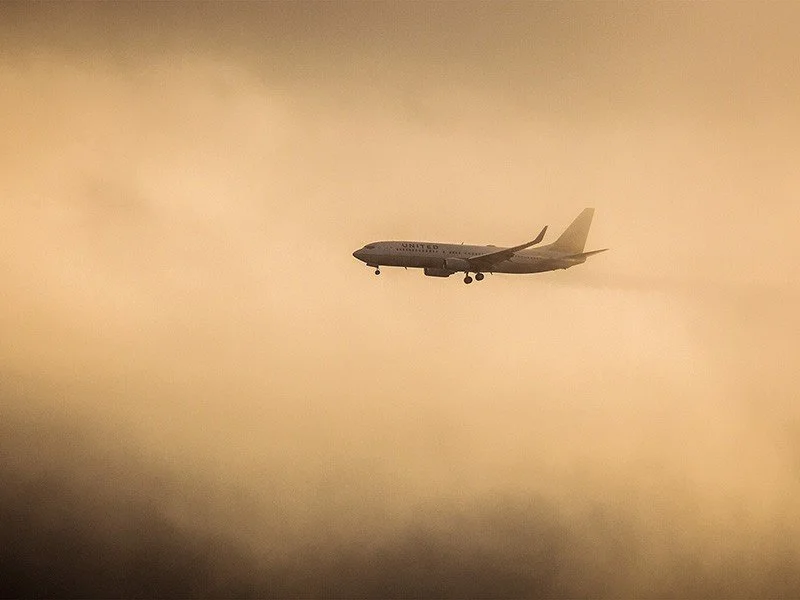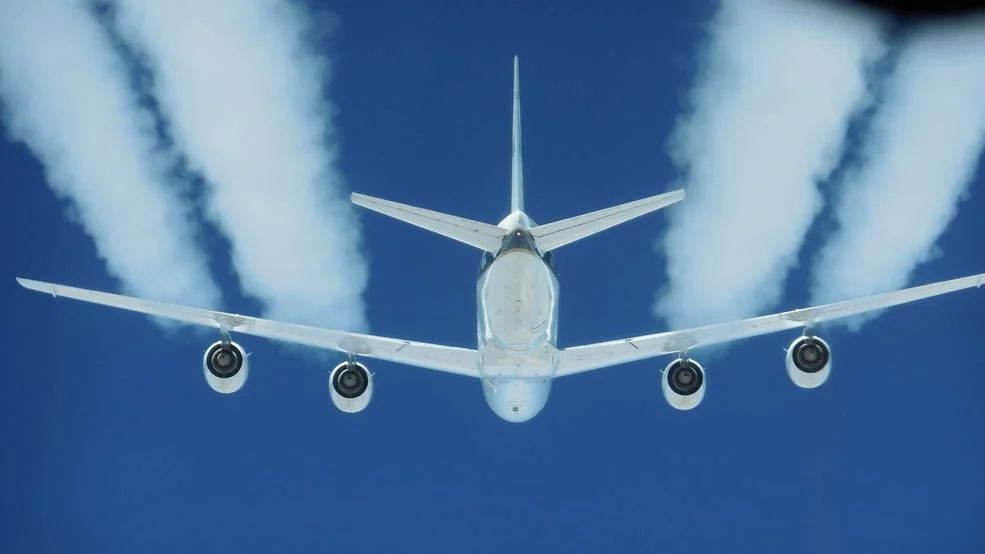Are Airplanes Bad for the Environment? Let’s Talk About it.
The global aviation sector is perhaps one of the most far-reaching industries in the world, both literally and systemically. In a literal sense, airplanes connect people, cultures, and businesses from every corner of the world. Those privileged enough to afford a ticket often use airlines to cut down otherwise lengthy journeys. In terms of the modern global system, the importance of the aviation industry is difficult to overstate. Air transport generates economic growth, facilitates international trade, and promotes tourism. Even our global political institutions are deeply reliant on air travel. Can you imagine President Biden traveling to an emergency international peace summit via ocean liner? A ridiculous image, to say the least.
PHOTO BY ANGELO DESANTIS
Despite all the amazing feats that aviation has brought about, there is a darker side to the spectacle of flight. The commercial air industry contributes approximately 2.4% of global CO2 emissions. When combined with other gasses produced by aircraft, the industry is to blame for approximately 5% of climate change. Flying is more carbon-intensive per passenger than any other method of travel. A flight from England to San Francisco emits about 5.5 metric tons of CO2 per passenger. This is twice the amount of emissions produced by a family car in an entire year. As a result, flying contributes to a large portion of the carbon footprint of individuals who fly regularly.
The concern with aviation stems from the aviation industry being the fastest-growing source of greenhouse gas pollution. Between 2013 and 2018, the number of emissions produced by planes increased by an astonishing 32%. Fuel emissions are forecast to continue rising as global development permits more and more people can afford to fly. While rising fuel efficiency reduces the number of emissions produced per passenger, it cannot keep up with the rapid rise in the number of total passengers flying per year. There is, on average, a 1% increase in jet fuel efficiency per year, however, the number of flights is increasing by 6% each year.
PHOTO BY EDWARD WINSTEAD
It is unrealistic to expect people to stop flying altogether. Too many people and businesses are dependent on air travel for this to be a feasible option. Luckily, there are a few ways we can cut down the carbon footprint of our air travel.
First of all, it is important to consider if there are alternative travel methods available. While planes may be the quickest option, there are plenty of other less fuel-intensive ways to get where you need to go. Train and coach are considered to be the lowest carbon-emitting means of travel. Such methods of ground travel are also infinitely cheaper than a plane ticket, making them a good alternative for shorter journeys.
It is also more energy-efficient to choose a nonstop flight rather than one with multiple stops. Takeoff and ascent use more energy than any other part of a plane ride, so the fewer times you takeoff per trip, the lower your journey’s carbon footprint.
Another option is to take one long vacation rather than multiple short ones. This will significantly reduce the number of times you fly, thus reducing the amount of CO2 emitted. This also provides you with the opportunity to interact with your destination more intimately, which can enrich your overall experience.
You can also address your air-related carbon footprint by avoiding business or first-class seating options. The efficiency of a flight is determined by the number of people being flown. The more passengers a flight has, the more energy-efficient it is. The business and first-class portion of planes seat significantly fewer people, thus making them 2-3 times less energy efficient. Buying these seats further encourages the airline to put more business and first-class sections in their planes, making them less energy efficient overall.
A final and easy way to reduce the carbon footprint of your flight is to pack light. More baggage translates into a heavier load for the plane to carry, making the flight much less energy efficient. Packing light is a simple way to incorporate environmentally friendly practices into your travel plans.
Tag us @theedgemag to share your thoughts!

